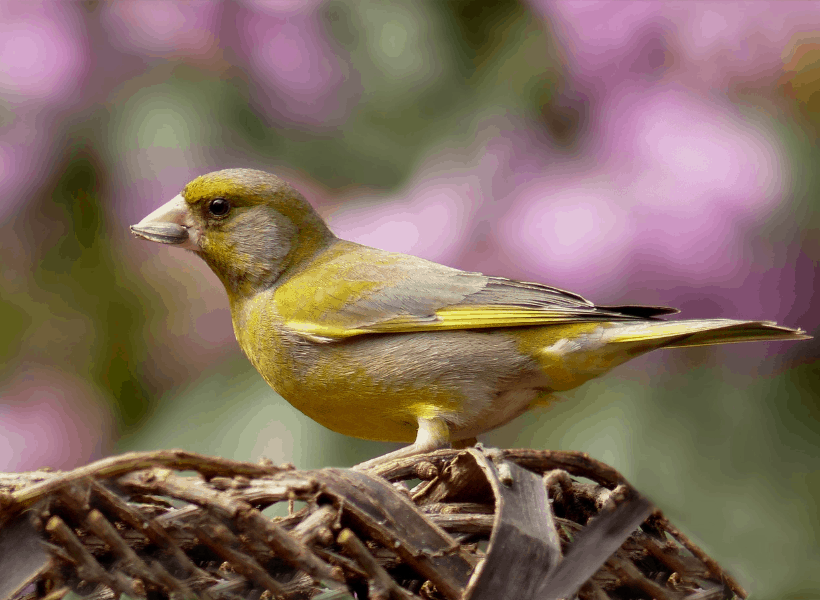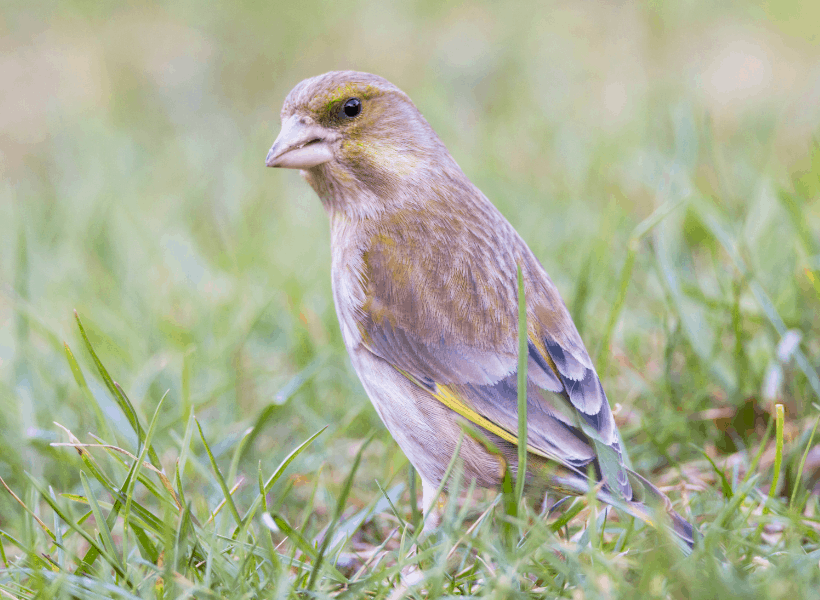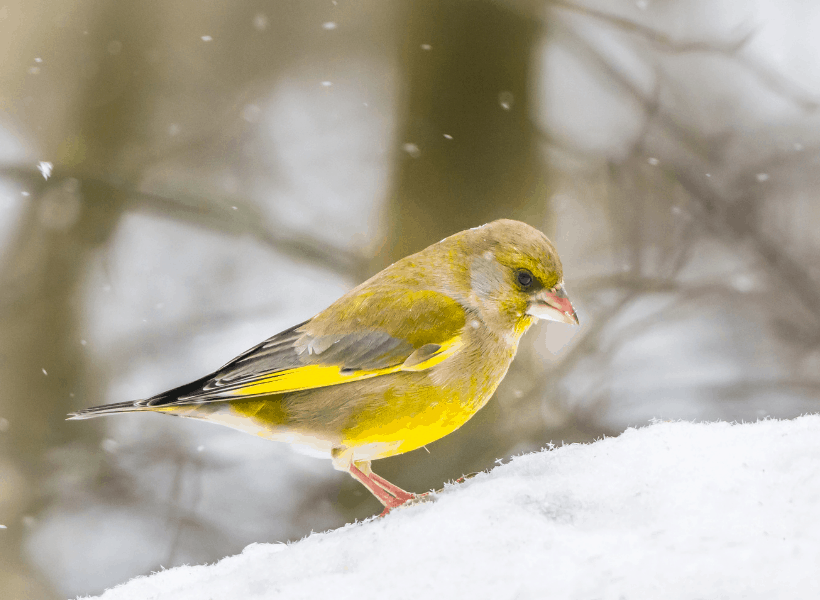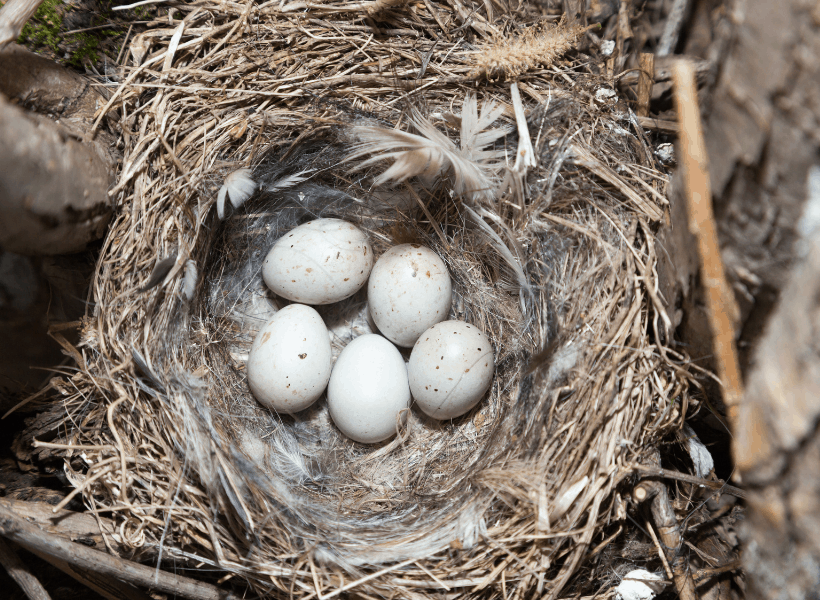If you speak to anyone with experience keeping British birds in an aviary, they will say that the Greenfinch is one of best species to start with if you have had some experience with other birds. These birds are frequent garden feeder visitors around the country and the male bird in particular is easy to spot with his olive green plumage and bright yellow wing feathers. So what are the basics of keeping the greenfinch?
Meet the greenfinch
The European greenfinch (Chloris chloris) is a member of the Fringillidae family of finches which includes many other familiar faces including the goldfinch, the redpolls, the bullfinch and even the American goldfinch and the siskins.
The family also includes the wild forerunner of the domestic canary and for this reason, this species can be used for muling, breeding canaries with domestic birds to produce hybrid birds that are infertile in most cases, though greenfinches are used less for this than goldfinches.
The greenfinch is found across Europe, north Africa and south-west Asia as well as having been introduced into both New Zealand and Australia. There are ten subspecies spread around its range. Generally, these birds are around 15 cm in length with a wingspan around 25cm, making it similar in size to a House Sparrow. It is mostly an olive green colour with yellow on the tail as well as the wings. The females are more muted in their colour.


In the wild, greenfinches are often found in woodland edges, farmland hedges as well as in gardens where there is vegetation thick enough to breed. They are found in flocks outside breeding season, sometimes with other finch species. They breed anywhere from the middle of March through to June and usually nest in trees or bushes.
Keeping greenfinches
Greenfinches are one of the simpler British species to start keeping. There are a number of good quality seed mixes available that are designed for greenfinches and a good finch mix will also form a suitable diet.
In addition to the seeds in mixes, they will also enjoy weed seeds such as dandelion or chickweed as well as safflower, hemp and sunflower seeds. Greens such as kale and spinach should be offered and some birds will enjoy a bit of fruit such as slices of apple.

Egg food is often enjoyed and when feeding chicks, live food is taken in addition to normal seeds.
Breeding European Greenfinches in captivity
Breeding these birds is about giving them a situation where they feel safe enough to start. They normally nest in trees and bushes so either real or false plants are a good start, placing nesting boxes and nesting pans around them to tempt them. They may even build their own nests as their wild ancestors do.

Three to six eggs are laid in the nest and incubated for around 13-15 days, with fledging taking place around two weeks later.
Pairs can produce a number of broods each year and young don’t need to be removed from their parents as adults don’t see the young as a threat.
Other issues
The first thing to consider when looking to get a pair of greenfinches is to ensure that they are correctly rung. The law about British birds state that they must be closed rung with either a BBC or IOC ring to ensure they have been captive bred and not captured in the wild. As long as the birds have this ring, then they can be legally sold but no ring means no sale. People can give away birds they have bred that aren’t rung as there are legitimate reasons why this can happen but always be cautious and retain seller details.
The other thing to know about greenfinches is they are one of the species who suffer from the condition called ‘going light’. This is a deficiency that most effects young birds and is caused by a coccidian parasite which can affect chickens, other types of birds and even mammals. It is therefore advisable to have treatment in stock if you keep these birds to deal with it and prevent a problem that can be fatal.
Solid British starter
If you are looking for a solid British (or European!) species to start keeping in an aviary, then the greenfinch is a great species. They are hardy, interesting to watch with a good song and nothing too specific in their requirements. Ring those young early and you can easily breed and sell some of them too.
5
I’m a breeder in Malta . I’m interested to know finches breeders in uk ,Wales & Scotland. Have you got mails pls .
Regards victor Aquilina
Do u keep ur males and females separated outside the breeding season.